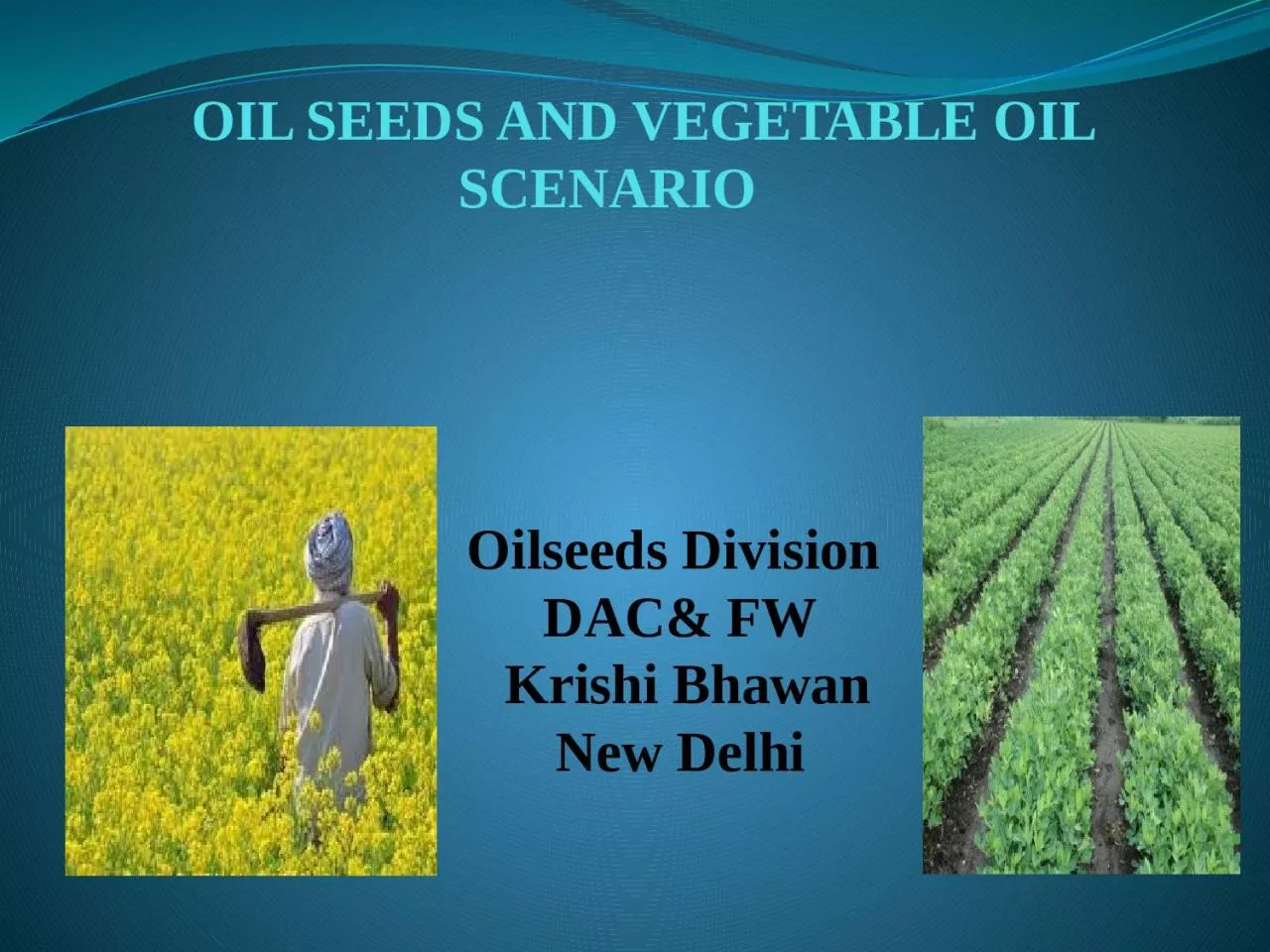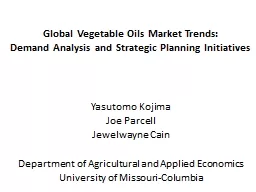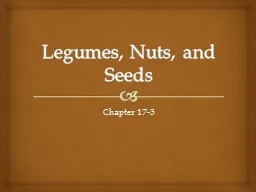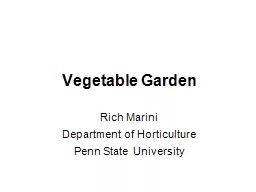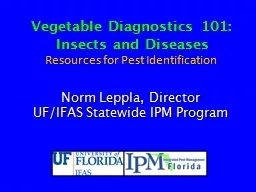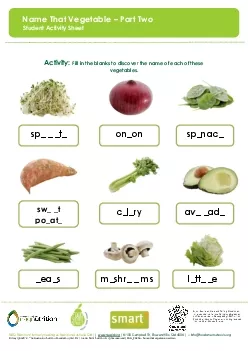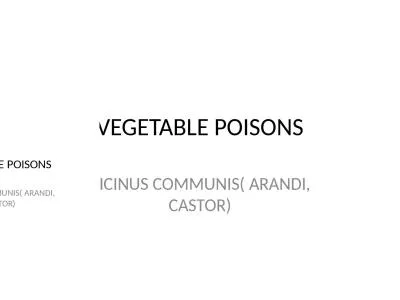PPT-OIL SEEDS AND VEGETABLE OIL SCENARIO
Author : hadley | Published Date : 2022-06-08
Oilseeds Division DACamp FW Krishi Bhawan New Delhi DEMAND AND SUPPLY OF VEGETABLE OILS Million tonnes YEARS DEMAND CONSUMPTION DOMESTIC AVAILABILITY IMPORT
Presentation Embed Code
Download Presentation
Download Presentation The PPT/PDF document "OIL SEEDS AND VEGETABLE OIL SCENARIO" is the property of its rightful owner. Permission is granted to download and print the materials on this website for personal, non-commercial use only, and to display it on your personal computer provided you do not modify the materials and that you retain all copyright notices contained in the materials. By downloading content from our website, you accept the terms of this agreement.
OIL SEEDS AND VEGETABLE OIL SCENARIO: Transcript
Download Rules Of Document
"OIL SEEDS AND VEGETABLE OIL SCENARIO"The content belongs to its owner. You may download and print it for personal use, without modification, and keep all copyright notices. By downloading, you agree to these terms.
Related Documents

